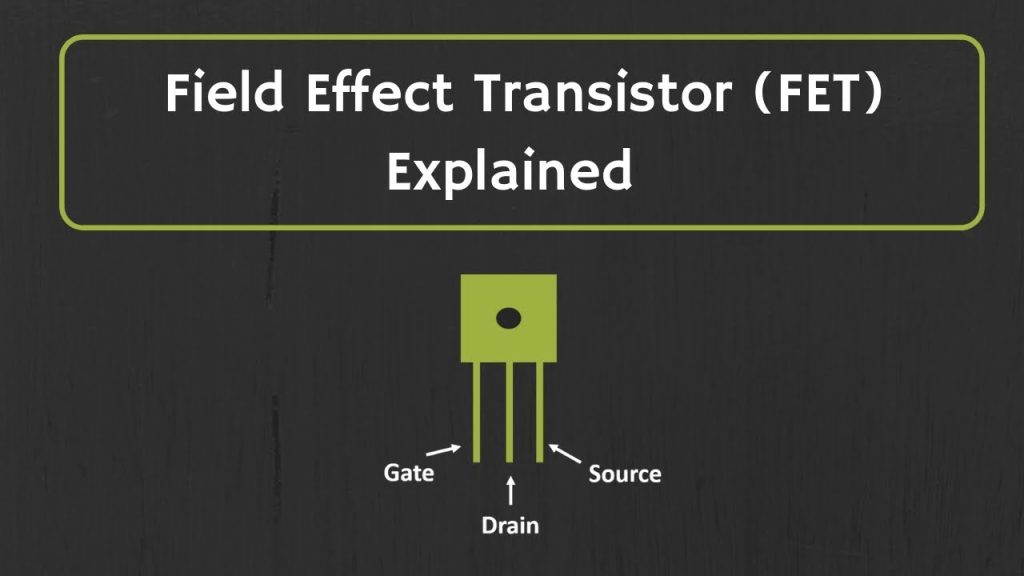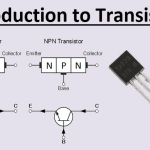Field Effect Transistor
The most common transistors today are FETs (Field Effect Transistor). These transistors are characterized as having a conductance between source and drain dependent on the voltage applied between the gate and the source terminals. The dependence is linear if the gate to drain voltage is also high along with the gate to source voltage. It turns into a square-law relationship if the gate to drain voltage is not enough.
Disadvantages of Current Voltage Characteristics
One of the issues that comes up in circuit design is that as chips get smaller the insulator gets thinner and it starts to look like Swiss cheese. As a result the insulator starts acting like a conductor. This is known as leakage current. One solution is to replace the insulator by a material with a higher dielectric coefficient.
Two types: enhancement and depletion. Enhancement is the standard MOSFET, in which a channel must be induced by applying voltage. Depletion MOSFETs have the channel implanted, and applying voltage causes the channel to cease being conductive.
FET transistors respond to the difference in voltage bias between the gate and the source.
MOSFET (Metal-Oxide-Semiconductor FET): standard FET
JFET (Junction Fet): When voltage is applied between the source and drain current flows. Current only stops flowing when a voltage is applied to the gate.
MESFET (Metal-Semiconductor FET): p-n junction is replaced with Schottky junction. Not made with Silicon.
HEMT (High Electron Mobility Transfer): A MESFET
PHEMT (Pseudomorphic HEMT):


